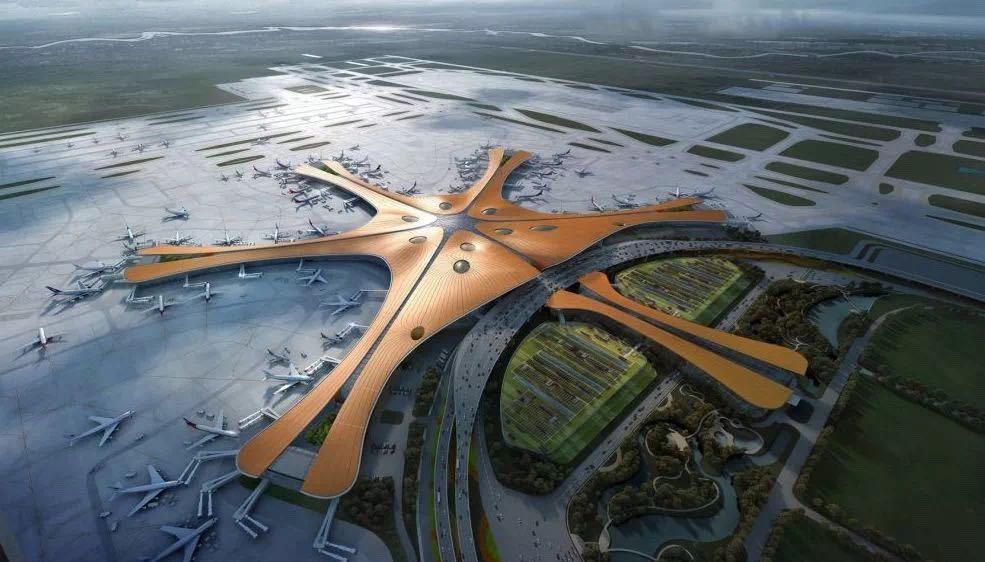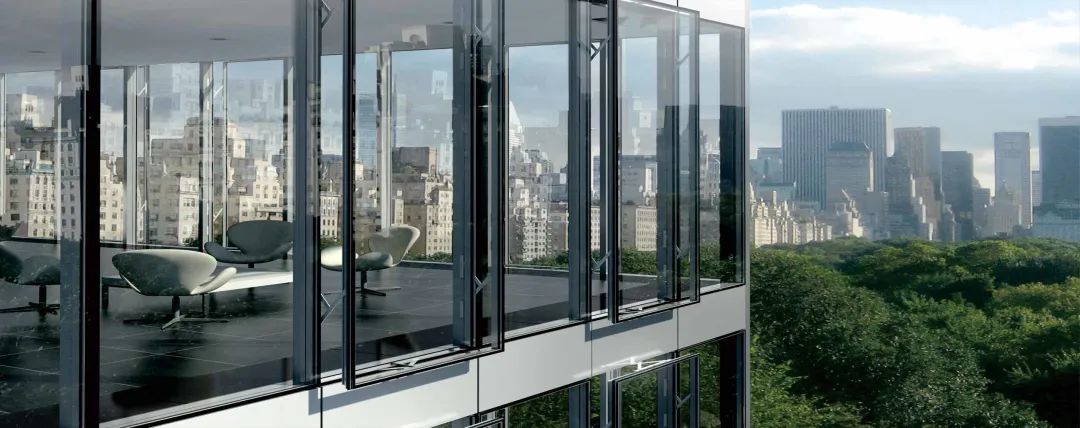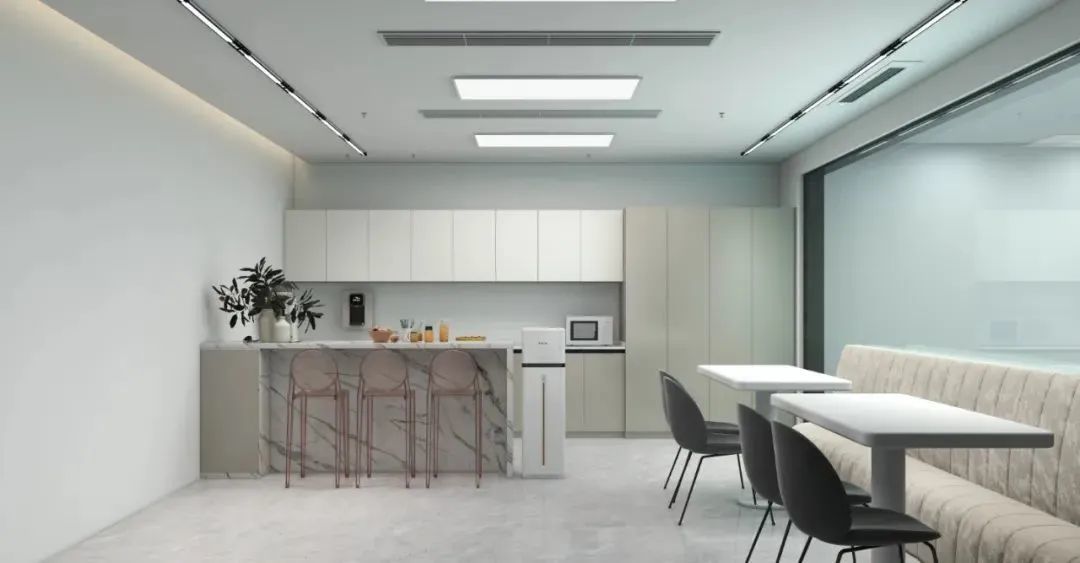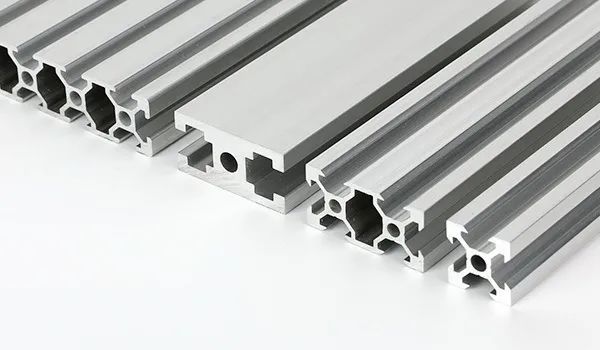The history of the most complete passive house knowledge popular science
Release time:
2020-08-05
With the development of building energy efficiency, passive houses (Passive Houses) have attracted wide attention in China. In recent years, relying on national policies, the passive housing industry has sprung up vigorously, and domestic technology has also matured. The construction of passive houses will play an important role in alleviating energy shortages, reducing carbon dioxide emissions, and reducing air pollution. Therefore, the Ministry of Housing and Urban-Rural Development attaches great importance to the construction of passive housing and has listed it as an important part of energy-saving and low-carbon development in the construction field during the "Twelfth Five-Year Plan" period.
Many small partners are full of interest in what is ultra-low energy consumption building and what is passive house, but they do not know much about it. Here, this article summarizes popular science knowledge such as ultra-low energy consumption building, passive house building related concepts, historical origin, etc., to give you a thorough understanding.
Ultra-low energy consumption building refers to a building with a comprehensive selection of energy-saving technologies in terms of enclosure structure, energy and equipment systems, lighting, intelligent control, and renewable energy utilization. The energy consumption level is much lower than that of conventional buildings. It is a building that uses renewable energy without or as little primary energy as possible. Similar concepts include low-energy, zero-energy buildings.
The concept of passive house building is based on the low-energy buildings of the 1980 s in Germany. In the 1980 s, German physicist Dr. Feist created the concept of Passive house and established the Passive House institute. In 1991, the world's first passive house demonstration building was successfully constructed for the first time in the Kranestan district (Darmstadt-Kranichstein) of Darmstadt.
"Passive house" is a brand-new energy-saving building. It is a house that can meet the cooling and heating needs without active energy supply. In short, it is a highly energy-saving and comfortable and livable building. The comfortable environment of indoor constant temperature (20-26 ℃), constant humidity (40-60%), constant oxygen (CO ≤ 1000ppm), low noise (≤ 30dB at night) and health (PM2.5 ≤ 35 µg/ m) is maintained throughout the year. The building energy saving rate is over 92%, and the energy consumption is only about 1/10 of that of ordinary residential buildings.
So what are the advantages of the "passive house"? Simply put, it is the following:
1. Thermal shell with excellent thermal performance: Due to air flow and wall insulation, the temperature can be maintained at around 25°C throughout the year, and indoor items can also be free from moisture and mold.
2. Passive doors and windows with three glasses and two cavities: not only meet the heat preservation performance but also ensure the lighting requirements.
3, no thermal bridge treatment: reduce heat loss, improve thermal insulation performance, so that the building on the cooling and heating requirements to a minimum.
4. Excellent air tightness: effectively reduce dust in the room.
5. Fresh air unit with high heat recovery rate: purify indoor air, maintain a comfortable temperature and humidity in the air, reduce carbon dioxide and exhaust emissions, and reduce haze for the city.
In Europe, ultra-low-energy passive homes are increasing at an annual rate of 8%. According to the latest regulations of the European Union, all 27 EU countries will adopt passive housing standards in 2020. If all new houses fail to meet the passive building standards, construction permits will not be issued.
In China, coal consumption has reached 3.7 billion tons per year. A large amount of energy consumption not only makes the resources unsustainable, but also the pollution consequences have become an unacceptable fact. The future of the city to take the green low-carbon cycle of sustainable development route has been the consensus of all walks of life.
Therefore, the development of green low-carbon passive houses is in line with China's national conditions and is the only way for the development of building energy conservation. It will change people's indoor and outdoor environment, change the dependence of buildings on traditional energy, change our living and ecological environment, and become a revolution in mainstream buildings in the future.
In recent years, the Ministry of Housing and Urban-Rural Development and the German Energy Agency have jointly established passive housing certification agencies, compiled standards and regulations, and issued a series of support and support policies. Some energy-saving products are clearly defined, such as the transparent part of the building envelope must use warm edge spacers. And the flexible warm edge from Austria Lisek, Italy Finch, the United States Knais and Savoch were included in the Ministry of Housing and Construction's "Passive Low Energy Consumption Building Product Selection Catalog", which was recommended as the selected product by China Architectural Glass and Industrial Glass Association. The introduction of these policies, standards and regulations will undoubtedly standardize, protect and boost the healthy development of passive housing in China.
Contact Information
Customer Service Tel: +86-539-7177878
Mailbox: kemet@sdkemet.com
Zip Code: 273400
Address: Linyi City, Shandong Province
Copyright©2023 Kemet New Materials Technology Co., Ltd. All Rights Reserved





